In a new study
released by the UCLA AIDS Institute, youth who have been
homeless for period between one day and six months are more
likely to engage in risky sexual behavior while in
nonfamily settings (e.g. a friend's home, abandoned
buildings, or the street).
In this, the
first study directed solely at newly homeless youth, the
researchers reviewed such factors as socio-demographics,
depression, and substance abuse, coupled with
structural factors such as living situations and their
influence on sexual behavior.
According to
researcher, Enrique Rivero, the study tracked behavioral
changes in 261 newly homeless youth in Los Angeles County
between the ages of 12 and 20 over a two-year period.
Subjects were interviewed six times at the beginning,
and after three, six, 12, 18, and 24 months about
depression, substance use, living situations, number of
sexual partners, and condom use.
The study
specifically focused on how behavior and living situations
worked together. "When we look at homeless youth, we want to
consider these structural factors if we want them to
reduce their risky behavior and thereby prevent
sexually transmitted diseases such as HIV," M. Rosa
Solorio, lead author of the study and an assistant professor
at UCLA, said in the press release.
Here's a
breakdown of the findings:
* At the
beginning, 77% claimed sexual activity. After two years, it
increased to 85%. * Males were more
sexually active than females. * Males had
multiple sex partners if they lived in nonfamily settings
and/or abused drugs. * In males, neither
nonfamily living settings or drug abuse predicted
condom use. * Drug abuse in females was
the primary predictor of risky sexual behavior.
* Females were less likely to use condoms and/or
abuse drugs while in nonfamily settings.
* Hispanic females were the least likely race or
ethnicity to have multiple partners.
"While gender and
some racial/ethnic differences in predictors of sexual
risk were found in this study, living with nonfamily members
and drug use appear to be the most salient in
explaining sexual risk," the researchers wrote. "Our
findings indicate that interventions aimed at reducing
sexual risk behaviors, and thereby reducing [sexually
transmitted diseases] and HIV among newly homeless
youth, need to help youth find housing associated with
supervision and social support (family and
institutional settings) as well as aim to reduce drug
use." (The Advocate)










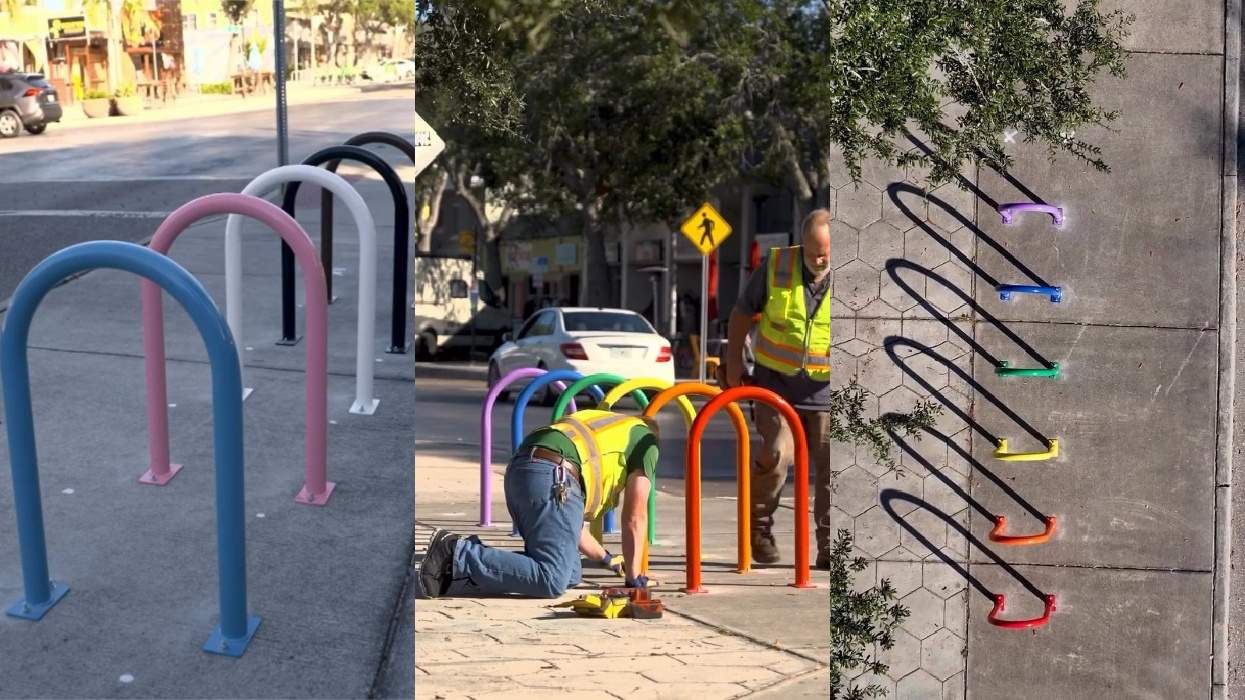


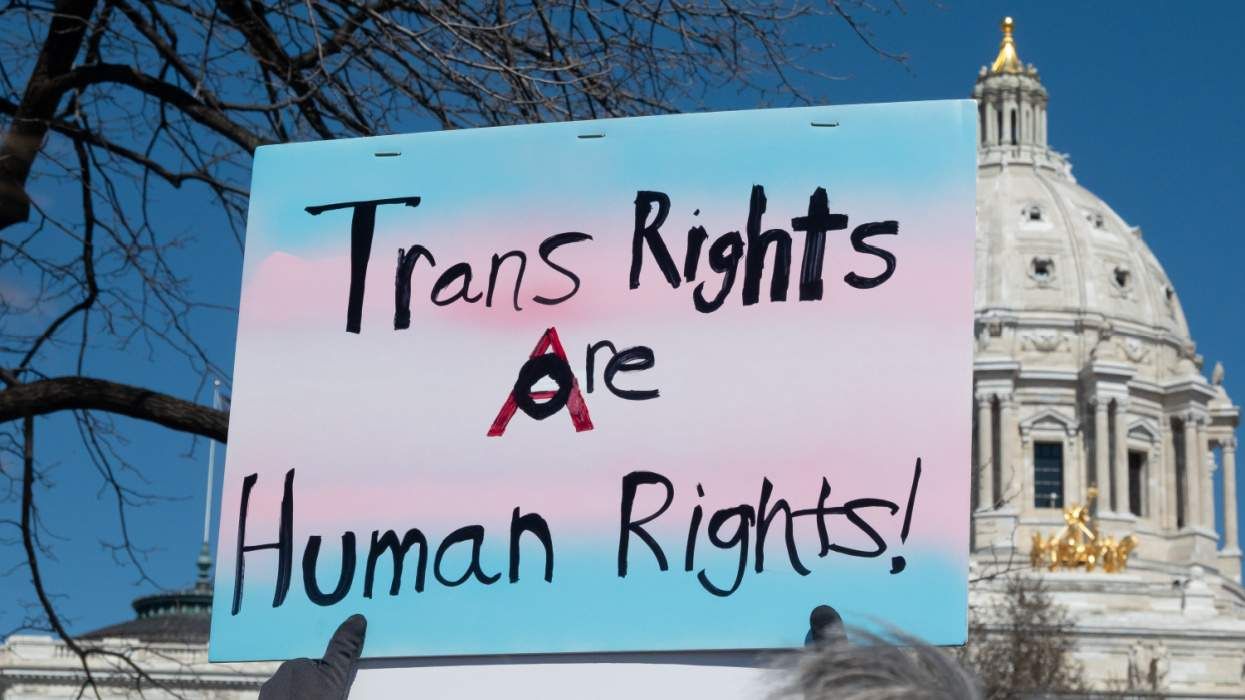











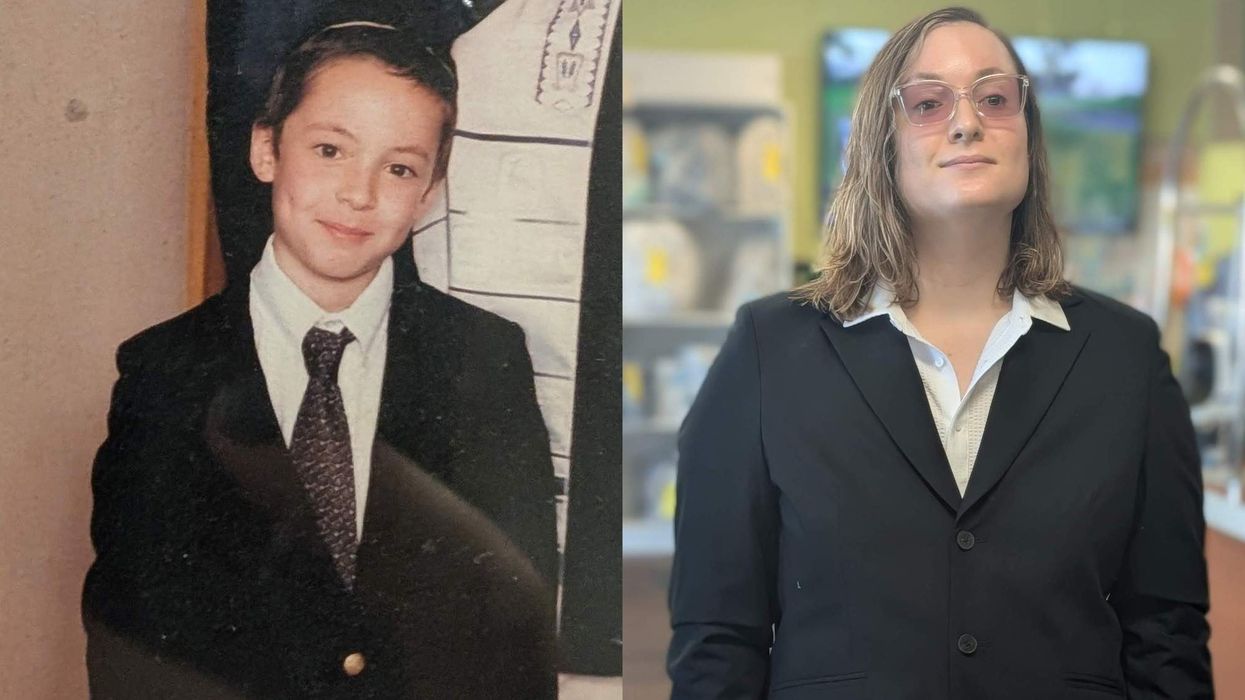
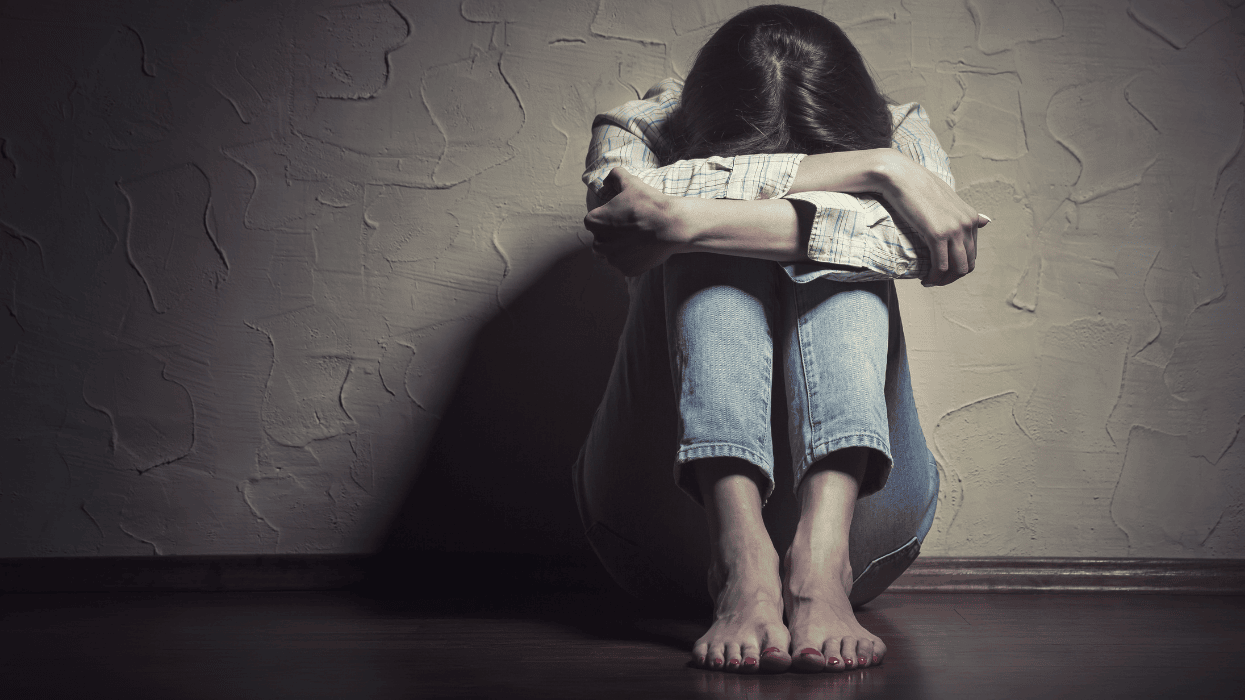













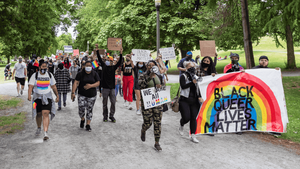










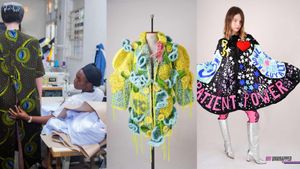















Charlie Kirk DID say stoning gay people was the 'perfect law' — and these other heinous quotes